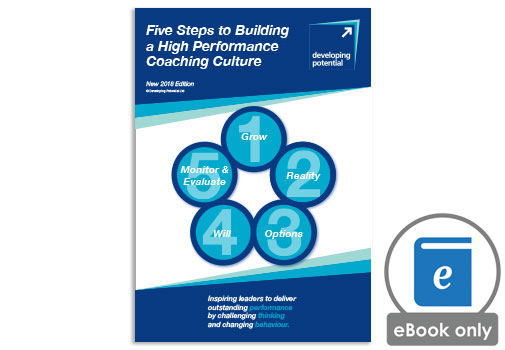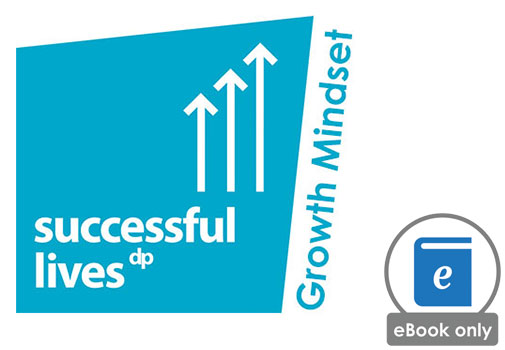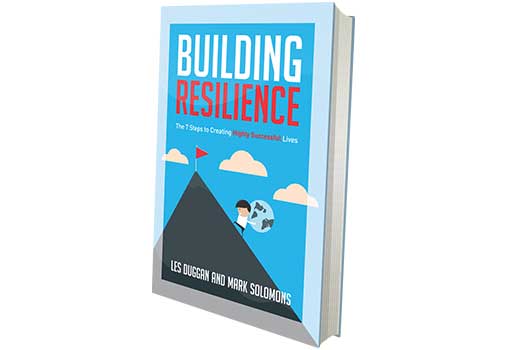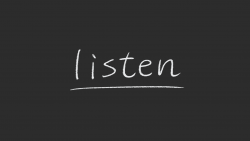
Coaching in education has been a part of the educational landscape for many years and yet there are still many myths about its effectiveness and validity.
Many people relate coaching to their experience in sport where the coach tells and instructs them what to do in order to help improve their performance. Or staff might view it through their personal experience, having seen it used as a remedial process, following a lesson observation or to address some other aspect of what is seen as poor performance.
Unfortunately many leaders see it as just another tool to get what they want from their staff and this attitude stems from an old style of command and control leadership.
“I’m in control and you need to do as I say.”
The effect of this style is evident in many schools today:
- Many staff become disengaged from their teaching or support role.
- Staff sometimes show a lack of initiative, instead waiting to be told what to do.
- Time and effort is wasted though a lack of clarity or waiting for leaders to make decisions (which aren’t always made).
- It adds to staff stress, where the Health and Safety Executive set out the six main causes of stress in employees and one of the biggest is feeling in control of your work.
- Often good staff leave because of poor leadership.
As a result most staff and leaders never get to experience effective coaching, there is a real lack of understanding of its benefits and many myths have grown up around it.
The Myths of Coaching
- It takes up too much time because it is easier and quicker to tell people what to do: Yet one question that makes people think is a coaching session and lots of short interventions will create you much more time in the longer term.
- You need to have experience in the relevant field to be of assistance: Coaching enables any leader or supporter to ask effective questions, which help others gain clarity and find solutions. The expertise needed is to be able to ask great questions and to listen with an open mind for their answers (and not your own).
- Only use coaching when formally assessing performance, for example in performance management or for appraisals: Coaching is an everyday method of supporting and challenging others to deliver their best performance and results.
- I’m a leader and it’s not my job: It’s every leader’s and teacher’s role in an effective school to drive progress and results through engaging others on a common agenda.
What is coaching and how can it help?
The truth is that coaching is simply a two way dialogue where the intention is to genuinely involve the other person (coachee) in finding solutions through a process of effective questioning and listening with an open mind.
The questions asked (mainly open) are designed to raise awareness within the coachee as to their goals, the current situation and options to move forward whilst also asking them to take personal responsibility and action steps for themselves.
The questions, most importantly, encourage staff (coachee) to think for themselves rather than always waiting for the answer from above. It moves staff from being totally dependent to being more independent and self-sufficient. The same is true for the teacher/student relationship where greater student independence and effective learning is also promoted.
The final steps in the coaching/learning process includes giving effective feedback which needs to be specific and timely and ensuring adequate follow up and evaluation.
The coaching/involving style of leadership is only successful where schools really believe in their staff and want to help them grow. A leader has to have the humility to say I don’t have all the answers but the answers lie within my team and by cooperating together, higher levels of performance and results will be achieved.
It also helps if the leadership team has some of the following qualities; self- awareness, patience, integrity, an interest in others, and are objective and non-judgmental.
In recent research on the impact of different interventions, John Hattie professor of Education at Melbourne University emphasises the effectiveness of the elements of coaching (as listed in the table below) through an evidence based approach.
Coaching can be used by both staff and students to create a powerful learning environment. He does state that effective feedback needs to be specific and clearly linked to performance, and that peer tutoring needs to be learnt as a skill if it is to give the best results.
EEF Sutton Trust research based on the work of John Hattie
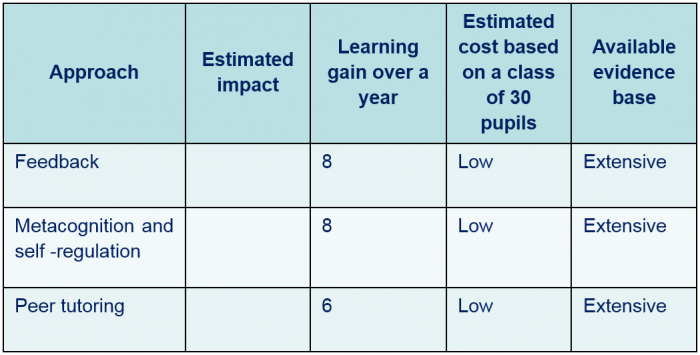
Where can you apply coaching in education?
- Within the leadership team to facilitate clarity around purpose and direction.
- Between leaders and staff to motivate and challenge performance.
- To conduct performance management reviews and any informal reviews of performance.
- To use as a problem solving tool to address specific issues or achieve specific goals.
- To be used by teachers in the classroom to promote more student engagement and effective learning.
- To encourage pupils to peer coach and tutor, give effective feedback and self-regulate behaviour.
- To more effectively deal with parental questions and challenges.
- To improve student and staff wellbeing through gaining a greater understanding of their current thinking, actions and suggestions.
- In any situation that requires dialogue; the ability to elicit information; to improve understanding, to solve problems; to achieve something; to create independence; to develop self awareness and greater awareness in others: and to ask others to take personal responsibility.
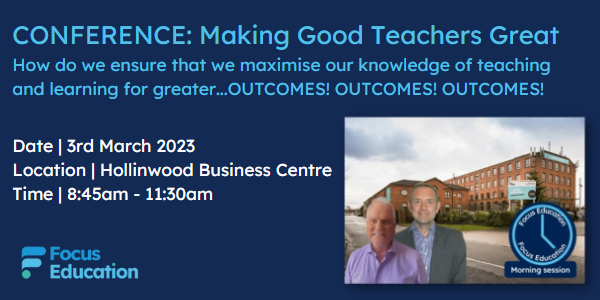
View conference >>>
What are the major benefits of coaching in education?
- Improved learning in the classroom – it raises self-awareness, deepens self-reflection, and delivers the most effective progress and results.
- Improved creativity in the classroom and across the school, allowing the school to thrive in today’s changing and challenging world, where speed of adaptation and innovation is so important.
- A greater openness for staff to share practice, take risks in trying new things, to admit and learn from mistakes and to create a whole school learning culture.
- Improved relationships – if you truly value your staff and students they will, in turn, value you and your needs.
- Provides much more time for leaders over the medium to long term – staff and students are more effective when they become more self-responsible and take greater personal initiative.
- Better use of talent and resources – leaders uncover people’s talents and encourage them to find answers to problems and do not have to find all the solutions themselves or shoulder the stress of thinking they have to.
- Greater engagement from staff and students – by involving them in their work, sharing responsibility for learning and creating more independence.
Yet if coaching brings such strong benefits and is a powerful leadership and management style why isn’t it used more effectively across schools?
The reason is largely twofold:
Firstly, in many cases it has not been introduced very well.
Secondly, it has not been part of a whole school approach.
To address this situation Developing Potential has worked with Focus Education to produce a DVD and workbook for schools; 5 Steps to Building a High Performance Coaching Culture. This provides a step-by-step approach that schools can follow in successfully introducing coaching across their school and embedding it within the culture. As well as video explanations covering the rationale for coaching, what it is and the steps you should take, it also comes with a detailed workbook to follow and downloadable templates.
Case study
Karen McBride, Headteacher of Croxteth Primary School
As a headteacher I wanted to take my leadership and the school to another level of performance. Through Focus Education we employed Developing Potential over a period of one year to help us develop and embed coaching within our school’s culture.
We began the journey by having a whole staff inset day on an introduction to coaching. The feedback was really positive as everyone, including the Teaching Assistants and other support staff felt that they had some personal development as well as learning a new skill that they could apply in school.
As the senior leadership team, we then used coaching as our methodology to implement the next steps of our school development plan. We agreed as a team to work with middle leaders and support them through a number of school projects, with each person having the opportunity to be coached and supported in developing their own project plans. The outcomes of the projects have been very successful across the whole school and I have seen real development in the effectiveness of my middle leaders.
After a facilitated session by Developing potential with my TAs, we agreed to review their performance objectives, create a skills list and at the next inset day asked each of the TA’s to run training sessions in their area of expertise. The result was an overwhelming success. The TAs felt proud of their achievement and best practice was shared across the school.
We have asked Developing Potential back for a second academic year to help embed coaching within the school. One of our next objectives is to work directly with students in years 5 and 6 to develop their coaching skills. We believe that this will grow their engagement, build their independence and accelerate their overall progress and results.
I can highly recommend a coaching approach to school development – I have seen the results myself and watched my staff grow in confidence and become much more independent and productive. And if you need help then look no further than Developing Potential – the learning they have facilitated and their support has been outstanding.
Continue the Conversation
You can also find me on twitter @Lessduggan or get in touch with the Focus Education office on 01457 821 818.
Related Publications
Les is a highly experienced one-to-one executive coach, facilitator and leader. He is one of the founding Directors of Developing Potential Ltd, a not for profit company set up with Olympian Dr David Hemery CBE to focus on high performance in Business, Education and Sport.


